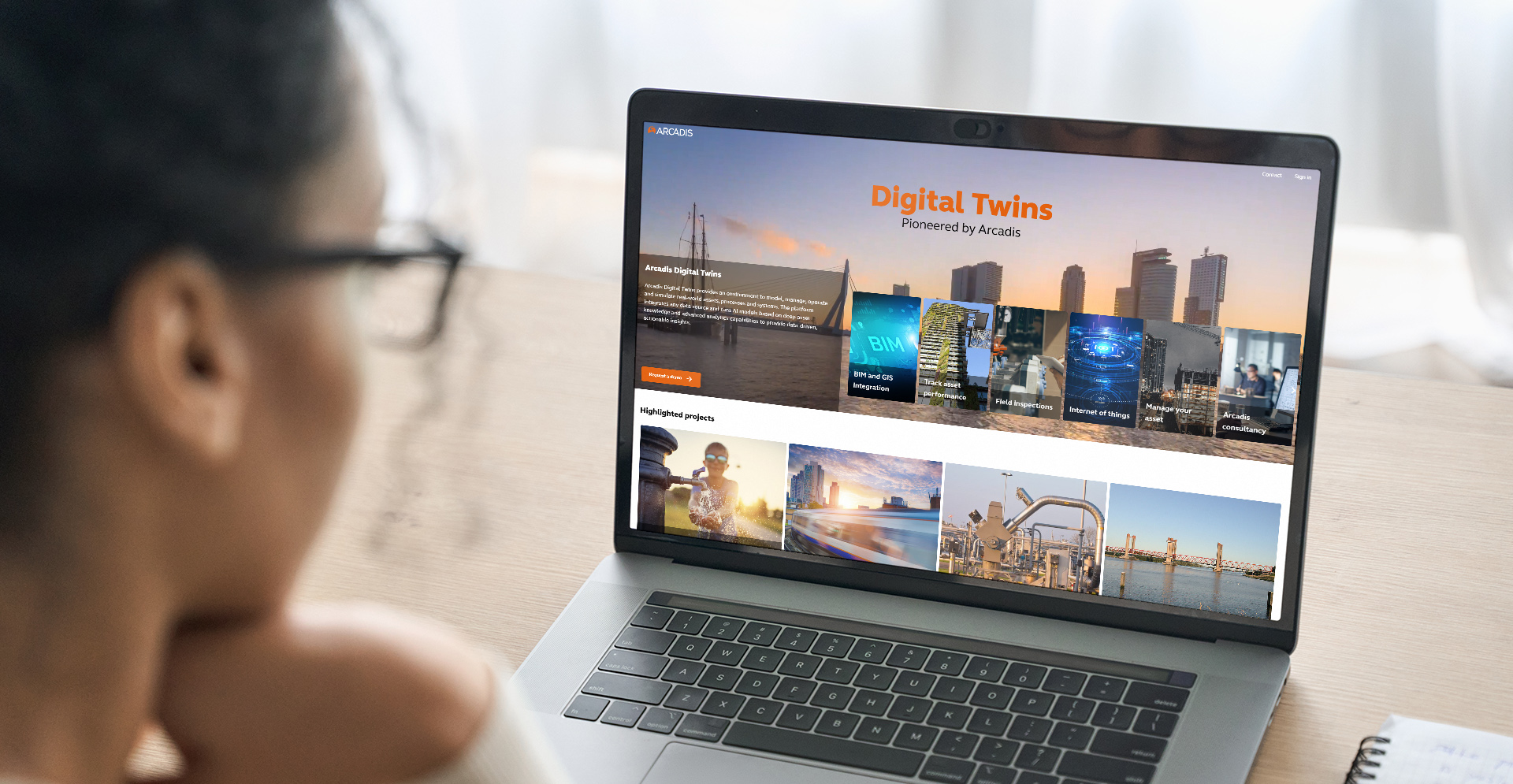Imagine having a virtual replica of a building, factory or even an entire city that mirrors its real-world counterpart in real time. Sounds futuristic, right? Well, this is exactly what digital twins are: digital representations of physical assets that allow us to check, simulate and optimize their performance. But here is the exciting part: this cutting-edge technology is not just for improving efficiency or saving costs, it’s also playing a crucial role in tackling one of the biggest challenges of our time – decarbonization.
Before we dive into the details, let’s break it down. Decarbonization refers to the process of reducing or eliminating carbon dioxide emissions, primarily from activities like energy production, transportation and manufacturing. It’s a critical step in combating climate change, as excessive greenhouse gas emissions are warming our planet, melting ice caps and causing extreme weather events. In short, decarbonization is essential to create a sustainable future for generations to come.
This is where digital twins come in. By offering detailed insights and enabling smarter decision-making, digital twins are helping businesses and governments decarbonize faster and more efficiently. From optimizing energy consumption to supporting renewable energy systems, the possibilities are endless. So, let’s explore how this innovative technology is paving the way to a cleaner, greener future!
The role of digital twins in decarbonization
Digital twins are emerging as powerful tools in the quest for decarbonization, enabling organizations to reduce their carbon footprint while improving operational efficiency. By offering a real-time, data-driven view of physical assets and systems, digital twins offer actionable insights that can help monitor, optimize and transform how energy is used, maintained and produced. Below, we explore three key ways digital twins are contributing to decarbonization efforts:
-
1. Monitoring and optimizing energy use
One of the most significant ways digital twins contribute to decarbonization is by enabling precise monitoring and optimization of energy use. By simulating real-world operations and collecting data from sensors and IoT devices, digital twins can identify inefficiencies and pinpoint areas where energy is being wasted.
For example, in buildings, digital twins can track heating, cooling and lighting systems to ensure energy is used efficiently and sustainably. They can recommend adjustments, such as lowering energy consumption during off-peak hours or integrating renewable energy sources. The result? Reduced operational costs and a smaller carbon footprint.
In industrial settings, digital twins can improve production processes, ensuring machinery operates at peak efficiency and reduces unnecessary energy consumption. By using these insights, organizations can make smarter decisions that help them meet their sustainability targets while boosting productivity.
-
2. Enabling predictive maintenance
Equipment failure and inefficient maintenance practices often lead to wasted energy and increased emissions. Digital twins play a crucial role in decarbonization by enabling predictive maintenance, which uses data and simulations to predict when equipment is likely to fail or underperform.
Rather than following traditional, time-based maintenance schedules, digital twins allow organizations to act proactively, fixing or replacing equipment before it becomes inefficient or breaks down. This not only reduces downtime and operational disruptions but also ensures systems run optimally, consuming less energy and emitting fewer greenhouse gases.
For example, in the transportation industry, digital twins can monitor fleets of vehicles, identifying issues such as engine inefficiencies or tire wear that could lead to higher fuel consumption. Similarly, in manufacturing plants, they can flag machinery operating below peak efficiency, preventing energy waste and excessive emissions.
-
3. Supporting renewable energy systems
Transitioning to renewable energy is a cornerstone of decarbonization and digital twins are playing a pivotal role in making this shift more effective. By creating virtual models of renewable energy systems, such as wind farms, solar panels and smart grids, digital twins can simulate and improve their performance.
For instance, in a wind farm, a digital twin can monitor the performance of turbines, predict maintenance needs and analyze weather patterns to perfect energy generation. Similarly, in solar energy systems, they can track panel efficiency, forecast energy output and suggest adjustments to maximize power generation.
Digital twins also support the integration of renewable energy into existing infrastructure, such as electricity grids. By simulating how renewable energy sources interact with traditional systems, they enable smoother transitions, ensuring energy supply remains stable and efficient.
Examples of successful use of digital twins in decarbonization processes
Creating resilient solutions
Arcadis’ Digital Twin Platform leverages advanced technology to provide innovative solutions for real-world challenges. By integrating data from diverse sources and utilizing AI-driven insights, the platform enables the modeling, management and simulation of critical assets and systems such as water networks, infrastructure and urban environments. Beyond operational efficiency, these digital twin solutions address key global priorities like sustainability, resilience and mobility.
This platform enables users to enhance asset performance, minimize water usage and leakage, and strengthen flood resilience through predictive simulations. The platform also supports the optimization of infrastructure assets, such as roads and bridges, by identifying risks and maintenance needs early, reducing costs and disruptions. By combining advanced analytics with sustainable and resilient design, the Digital Twin Platform delivers impactful outcomes that improve both system performance and quality of life for communities around the world.

Digital Twins Platform
About our author
Sara Gusmao Brissi, a registered architect in Brazil, holds a Master’s in Environmental Management and Technologies from the University of São Paulo and a PhD in Construction Management Technology from Purdue University. With 25 years of experience in the U.S. and Brazil, she has led complex projects in sectors such as mission-critical, education, commercial, industrial and urban development. Sara specializes in budget and schedule management, risk mitigation and sustainable practices like LEED certification and lean construction, with a focus on innovation and process optimization, to ensure efficient, high-quality project delivery.




